FOCUSED ON UPLIFTING BHARAT
Security personnel with a sniffer dogs checking documents of Union Budget at Parliament House in New Delhi, Feb. 29. (Atul Yadav | PTI)
On February 29, India’s finance minister Arun Jaitley presented the Union Budget for the financial year 2016-17, indicating the policy frameworks and thrust areas of the government. Beyond the financials, fiscal consolidation, controversial taxation of employee provident fund that could be rolled back, the underlying strategic aim of the budget remains political, writes Siddharth Srivastava. (@Siliconeer, #Siliconeer, #SiddharthSrivastava, #India, #2016IndiaBudget)
It is a calculated move not to repeat the mistake of the BJP under Atal Behari Vajpayee when the overselling of the “India Shining” campaign boomeranged, given that the majority of the country’s population continues to subsist in the unproductive agricultural sector.
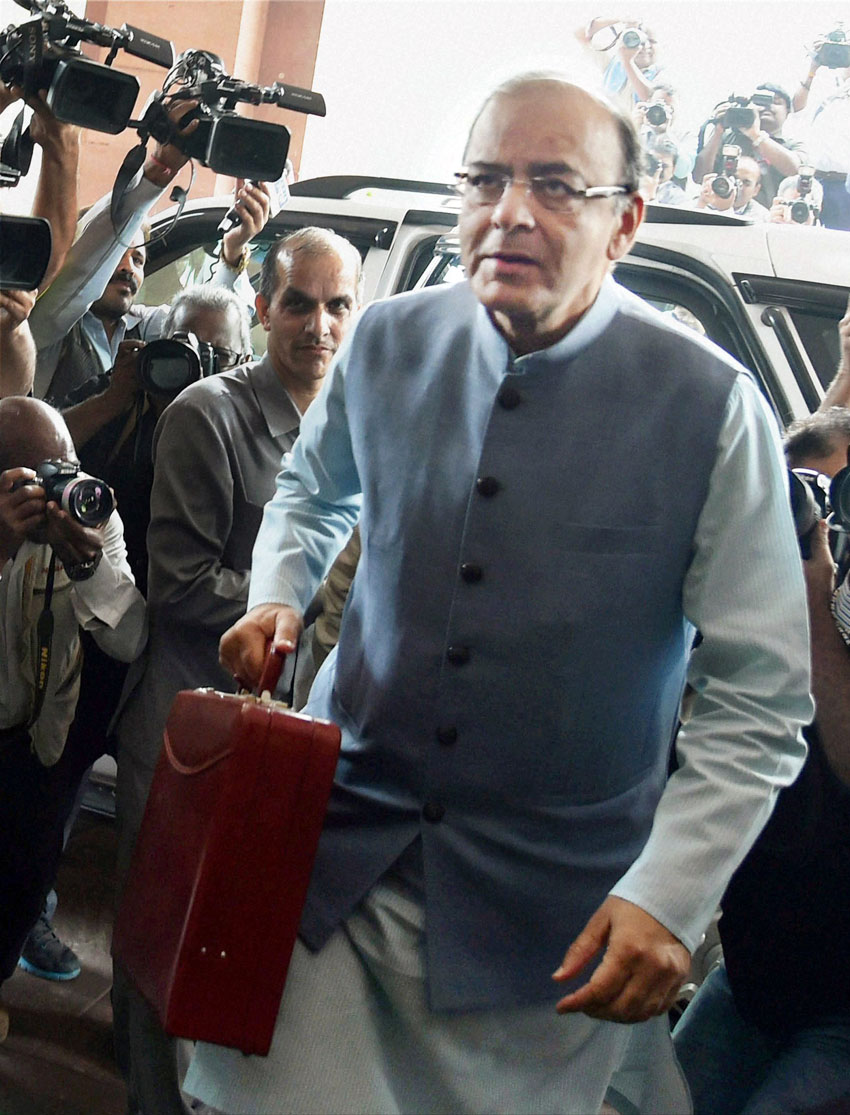
Following the recent electoral reversals in Bihar and Delhi, the BJP government under Prime Minister Narendra Modi seems to have realized that the days of aggressive Hindu nationalist politics are numbered. Inclusive growth is the mantra that the BJP has espoused to back its case. The 2016-17 Budget thus aims to aggressively push infrastructure, rural economy and farm sectors with hope that the results will percolate in the next two-three years, when the country will head for general elections again in 2019.
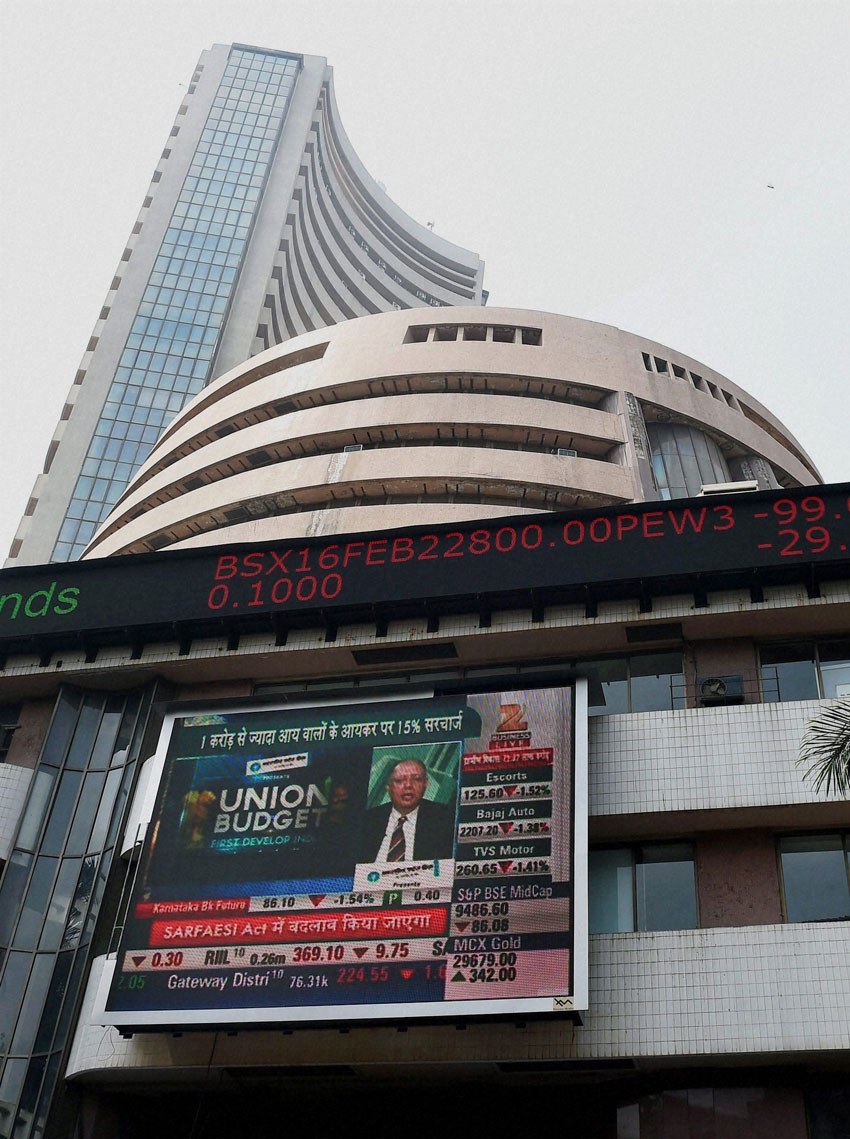
Specific takeaways from the budget in terms of allocations clearly underline the re-focus on Bharat as opposed to India, comprising the educated middle classes that reside in towns and cities, and trying to bridge the socio-economic gaps that have only widened. There is also an attempt to ease the tax burden of the salaried lower middle class, while the super rich and high net worth individuals are expected to contribute more to the government kitty via a higher surcharge on incomes over Rs. 10 million and a dividend distribution tax on payments beyond Rs. 10 lakh in a financial year.
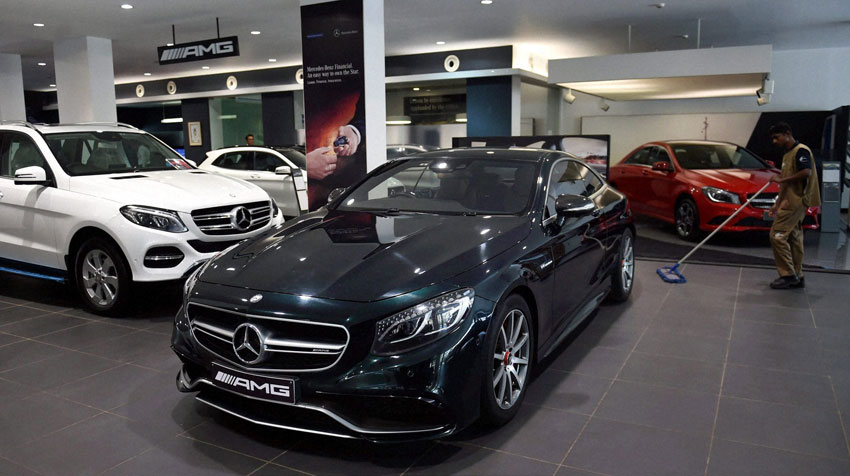
However, norms for long-term capital gains have been left untouched. There is relief for entrepreneurs, professionals, small businessmen, who are expected to heavily contribute to India’s growth story, given the government’s commitment to ease of doing business and Modi’a “Make in India” vision.
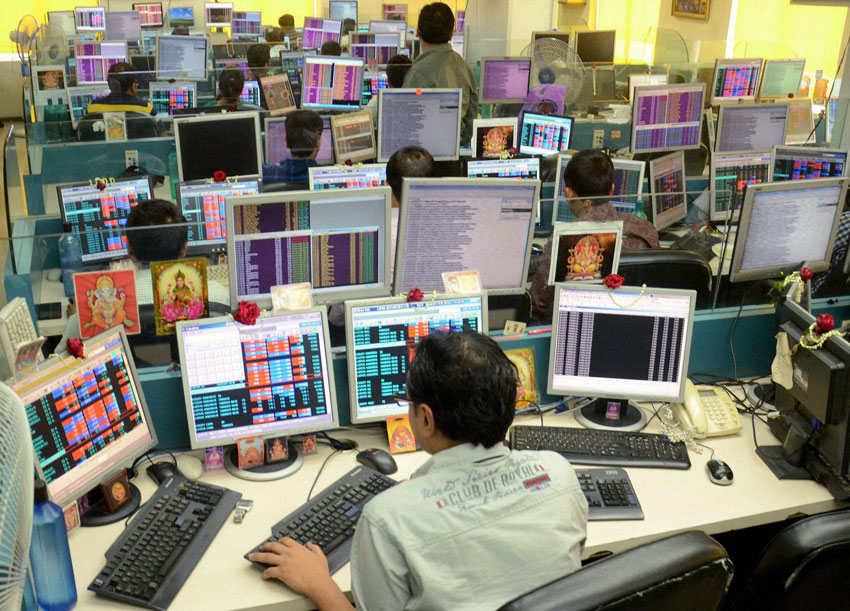
Jaitley, in his budget speech made it clear that the government is against an adversarial tax regime, wants to make it easier for the tax payer to be more compliant by making all interactions with the income tax department digital and reduce subjective powers of the assessing officer. The finance minister said that the ongoing retrospective tax cases against Cairn Energy and Vodafone are a legacy of the previous regime. It is rural India, however, that is the main pivot of the Budget. Without doubt, on paper, New Delhi has worked out a grand plan that focuses on revival of incomes of a large section of India’s population that has not reaped the benefits of growth and economic reforms, so far.
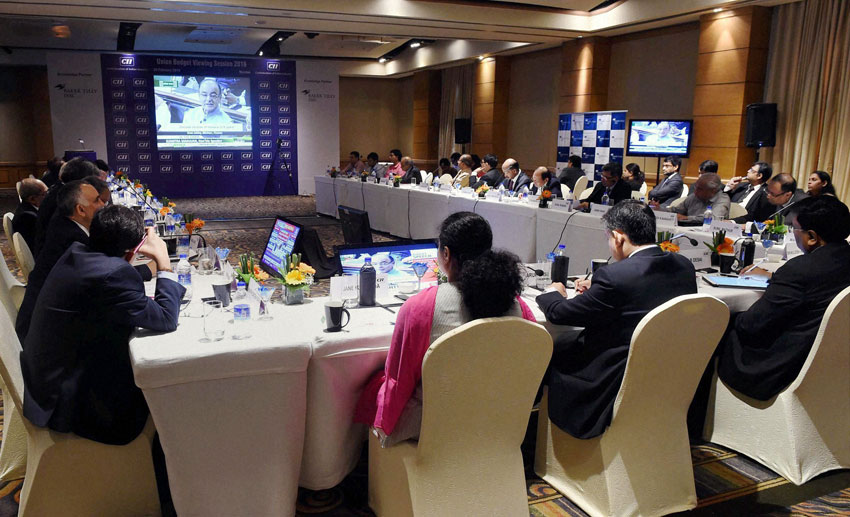
This is expected to unleash demand that will propel multiple sectors of the Indian economy. Allocation for agriculture is nearly Rs. 360 billion, while rural sector will receive over Rs. 877 billion. Rs. 385 billion has been allocated for MGNREGA, while allocation under the Pradhan Mantri Gram Sadak Yojana is Rs. 190 billion.
The focus on infrastructure spending includes a big hike in outlay for the power ministry that controls both the coal and renewable energy sectors. The plan expenditure for the power ministry has been increased by over 50% to Rs. 122 billion for the next fiscal. Big allocations have been made for the Deendayal Upadhayaya Gram Jyoti Yojna (DDUGJY) and the Integrated Power Development Schemes (IPDS). Under DDUGJY New Delhi aims to electrify all villages via grid connected and off-grid solutions. IPDS aims to strengthen sub-transmission network, metering, customer care services, IT application, provisioning of solar panels and completing ongoing projects.
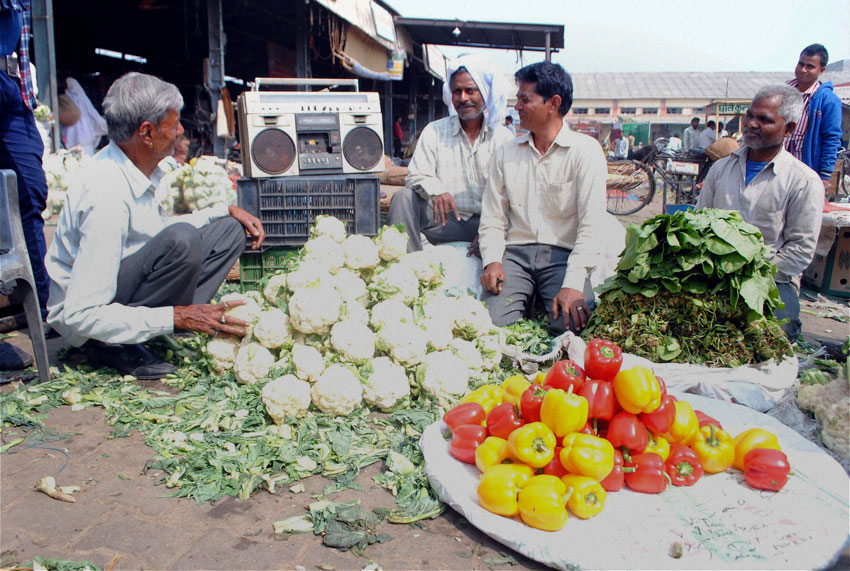
“As on February 23, 2016, 5,542 villages have been electrified. This is more than the total combined achievement of previous three years. The government is committed to achieve 100% village electrification by May 1, 2018,” Jaitley said.
A significant decision has been to sharply hike the cess on coal which will raise conventional power tariffs making solar power more competitive. “The big picture is that renewable energy has arrived in India and it is the future. The framework both for financing renewable energy in the country and creating an enabling infrastructure for solar and wind has been developed,” Coal and Power Minister Piyush Goyal said. Attempts to eliminate leakages via digitization, statutory backing for the Aadhaar card to target subsidies and strengthening of Panchayati Raj institutions are commendable. Yet the main challenge is implementation of the government’s grand design to uplift Bharat.
For the BJP’s strategy to bear fruit, New Delhi will need to guard against the biggest undoing of government-sponsored welfare programs and infrastructure building efforts: leakages due to corruption and problems linked to land acquisition. Indeed, even if the government succeeds partially in achieving its aims, it will deepen the consumer base and unleash a whole new market beyond urban pockets. It could also mark the dawn of a new Bharat.


